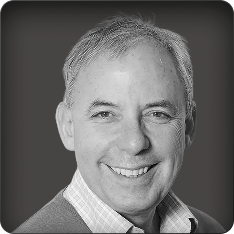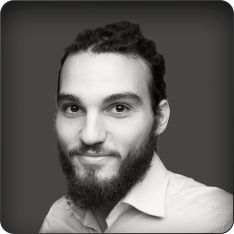Have a specific experiment in mind and wondering about the best quantum control and electronics setup?
Want to see what our quantum control and cryogenic electronics solutions can do for your qubits?
Interview
Prof.Mark Saffman of the University of Wisconsin–Madison shared his journey and perspective on the future of quantum computing during the APS March Meeting. What started as curiosity in nonlinear optics and optical neural networks eventually led him to atomic physics and pioneering work with Rydberg gates, CNOT demonstrations, and atomic entanglement.
Key takeaways from the discussion:
* Entered quantum through a nontraditional path, moving from industry to academia.
* Highlighted the uncertainty of quantum utility timelines, suggesting 3–30 years depending on progress.
* Explained how atomic qubits gained momentum after 2016 with atom rearrangement breakthroughs.
* Noted advances in fidelity and scalability, with systems now approaching three nines and arrays of thousands of qubits.
* Emphasized challenges such as repetitive measurements and maintaining qubit stability.
Closing the discussion, Saffman stressed that while hurdles remain, atomic qubits are progressing faster than any other platform and are poised to play a central role in the future of quantum computing.
Share it with others

Professor of Physics
BIO
Prof. Mark Saffman is a Professor of Physics at the University of Wisconsin–Madisonand a leading researcher in quantum information and atomic physics. His pioneering work on Rydberg interactions led to some of the first demonstrations of CNOT gates and atomic entanglement, helping establish atomic qubits as a powerful platform for quantum computing.
With a career spanning both academia and industry, Prof. Saffman has driven advances in gate fidelity, atom rearrangement techniques, and scalable architectures. His research continues to shape the development of practical quantum technologies and their transition from the lab to real-world applications.

Product Solutions Physicist
BIO
Dr. Lorenzo Leandro is a Product Solutions Physicist at Quantum Machines, where he leads product outreach and solutions for the photonics market. With a Ph.D. in Experimental Quantum Optics from the Technical University of Denmark and years of experience in scientific communication, he strives to connect scientific endeavor and results with the vision of quantum computing technologies, engaging and inspiring the current and next generations of scientists.
Have a specific experiment in mind and wondering about the best quantum control and electronics setup?
Want to see what our quantum control and cryogenic electronics solutions can do for your qubits?